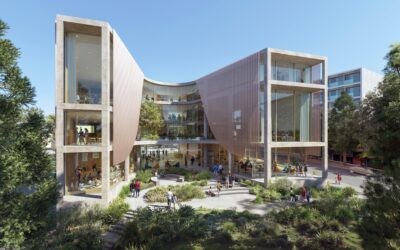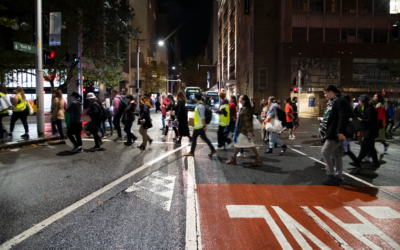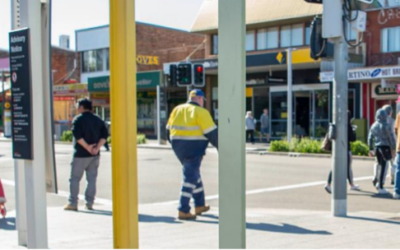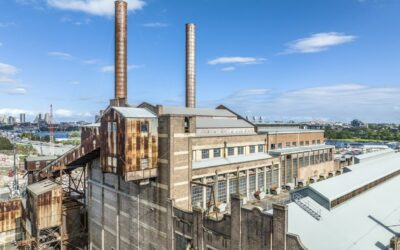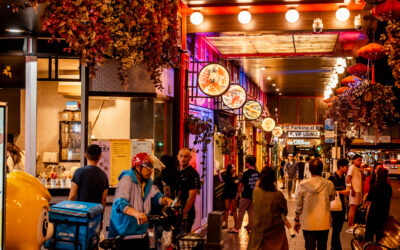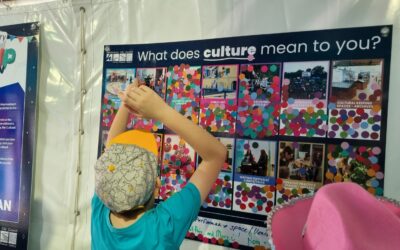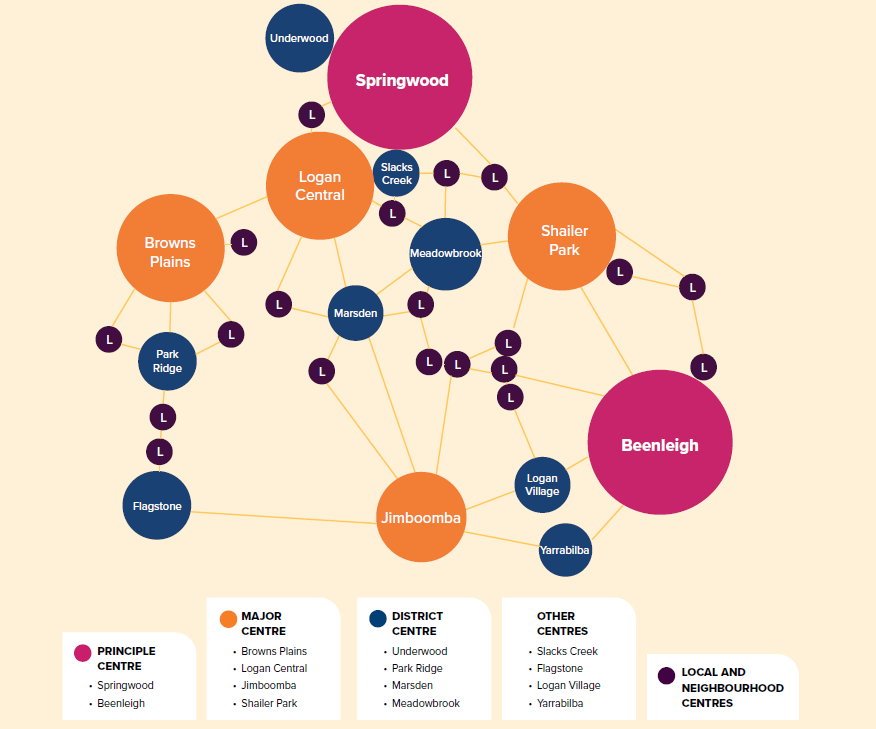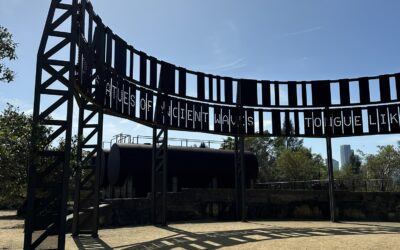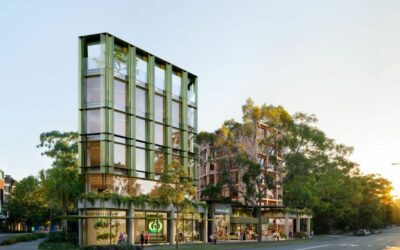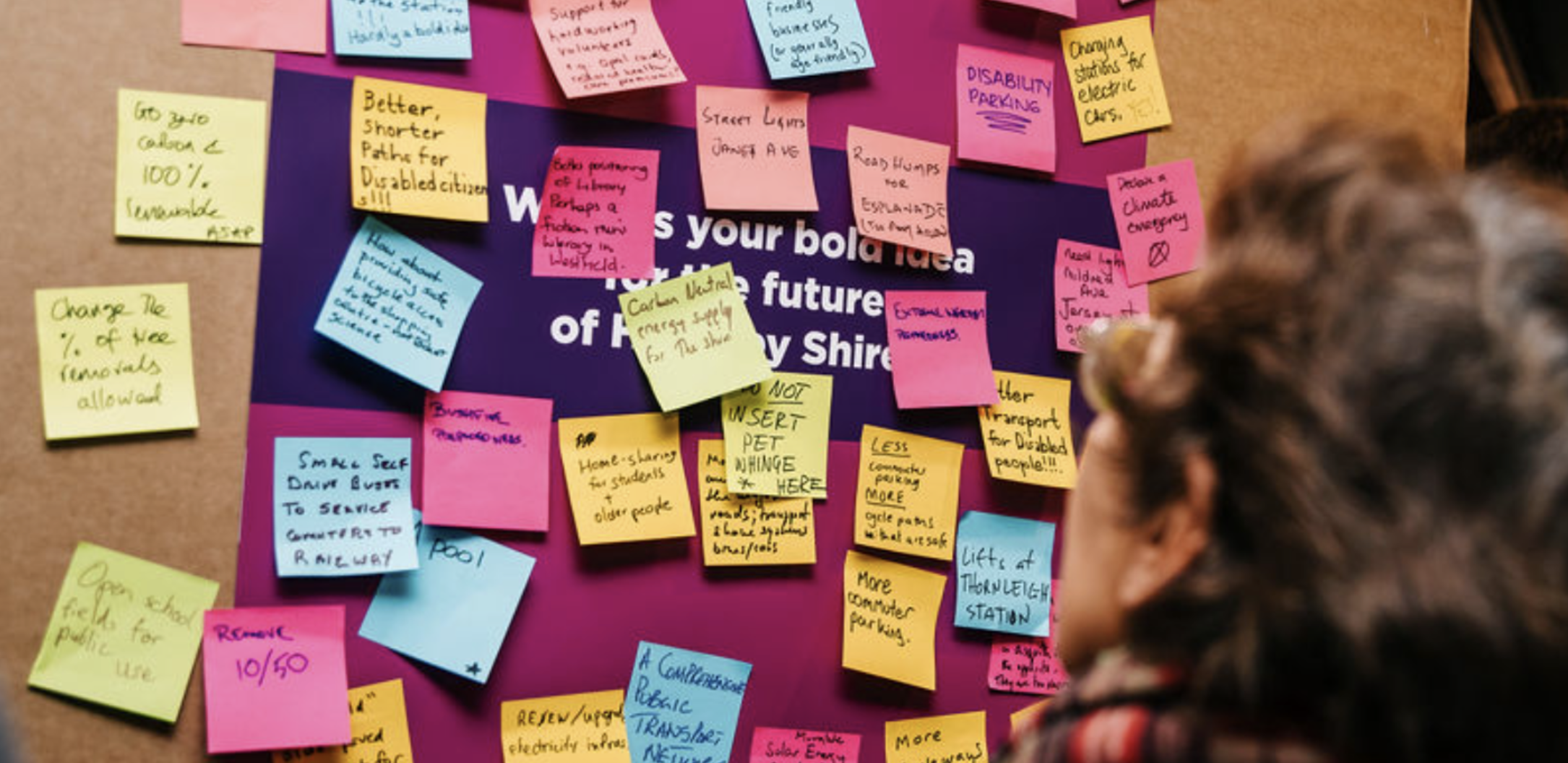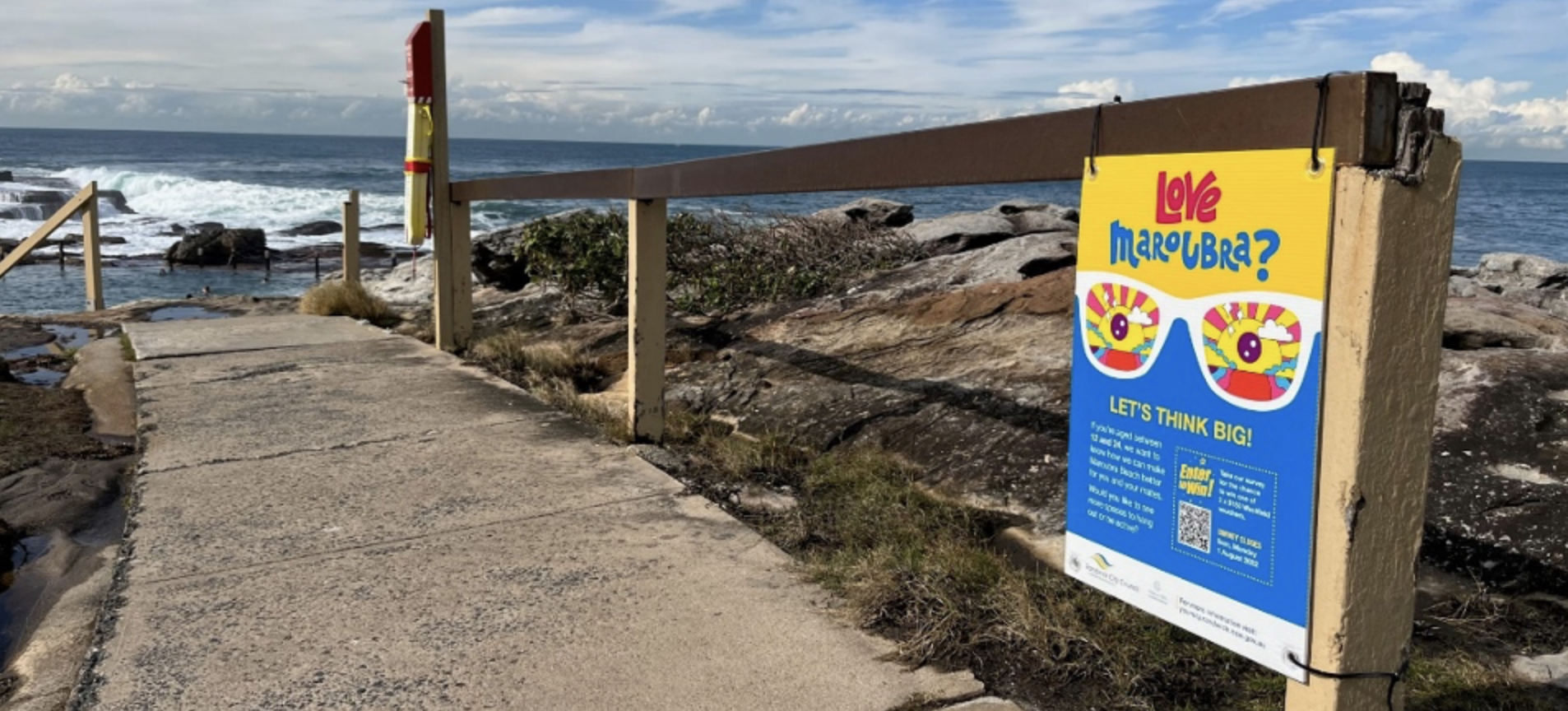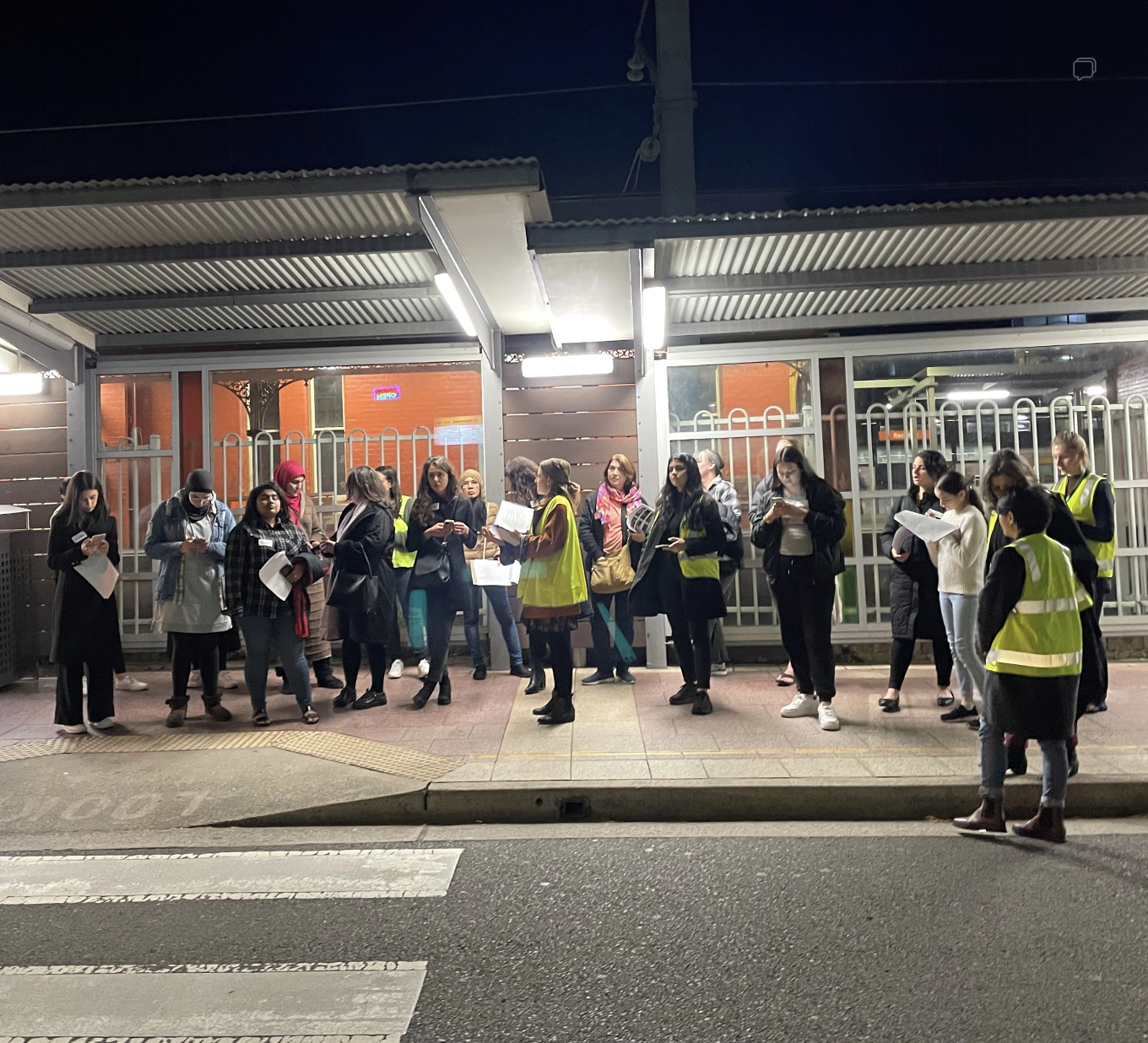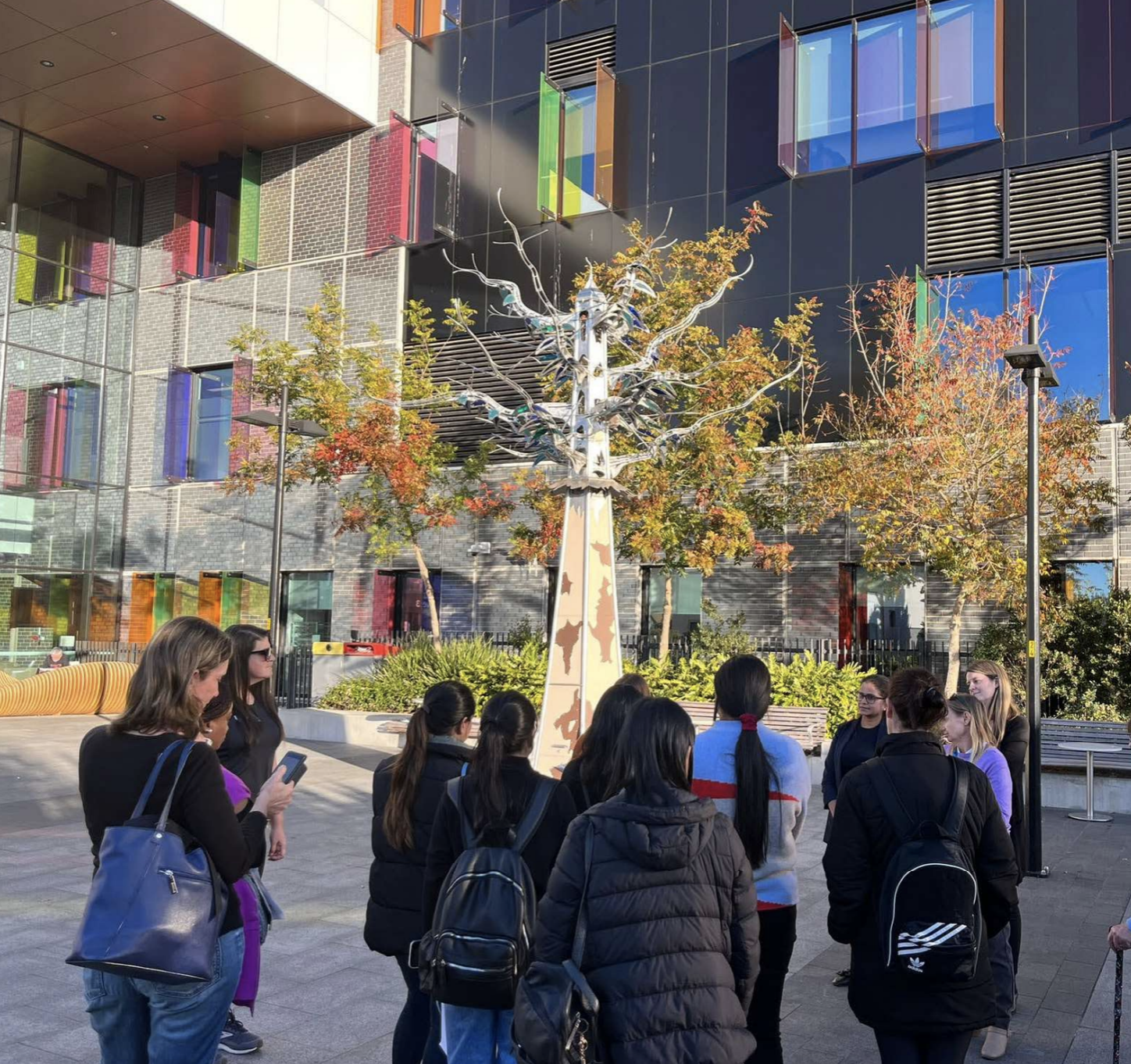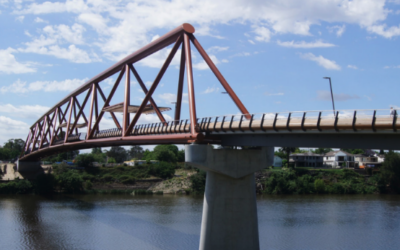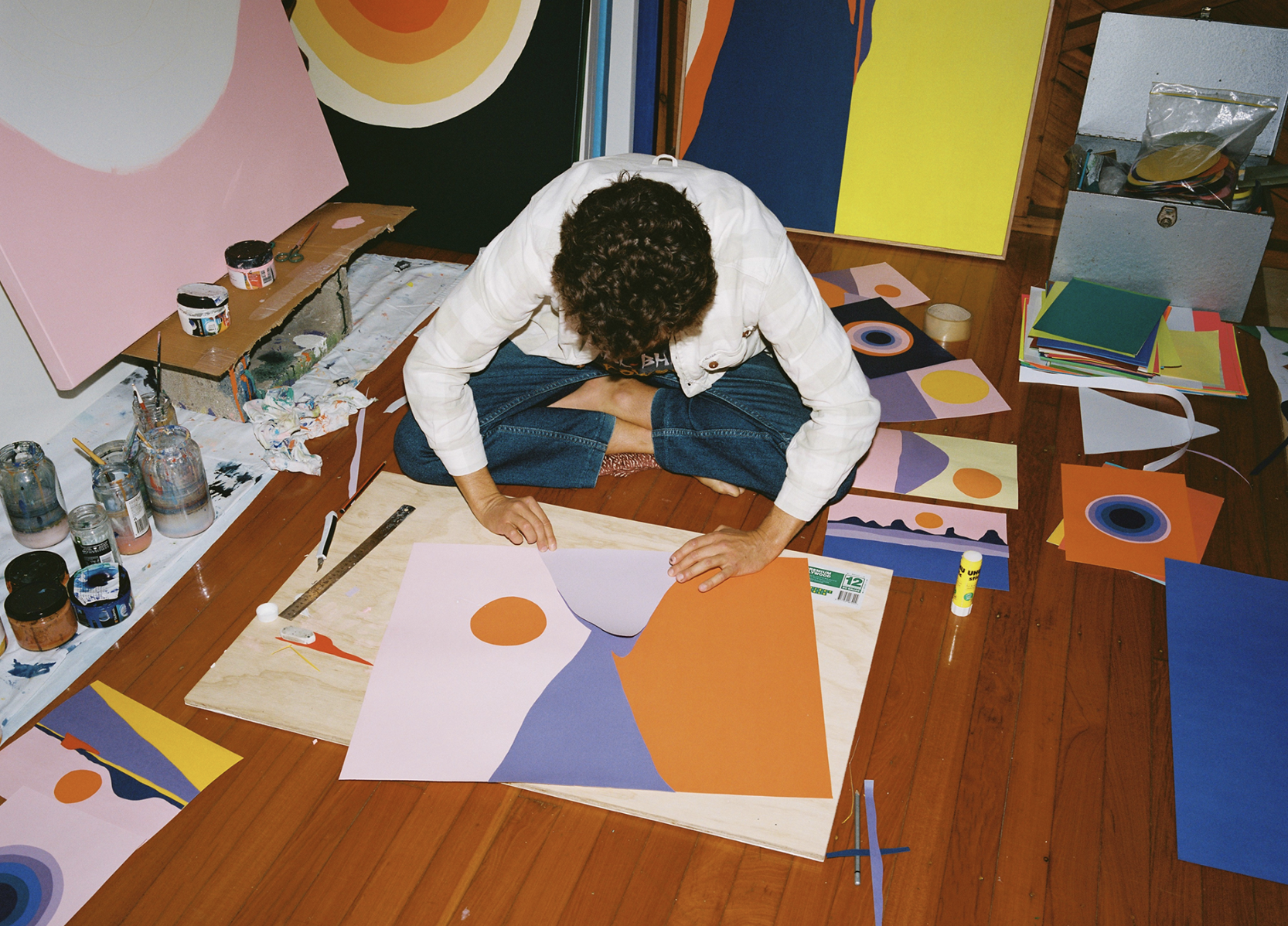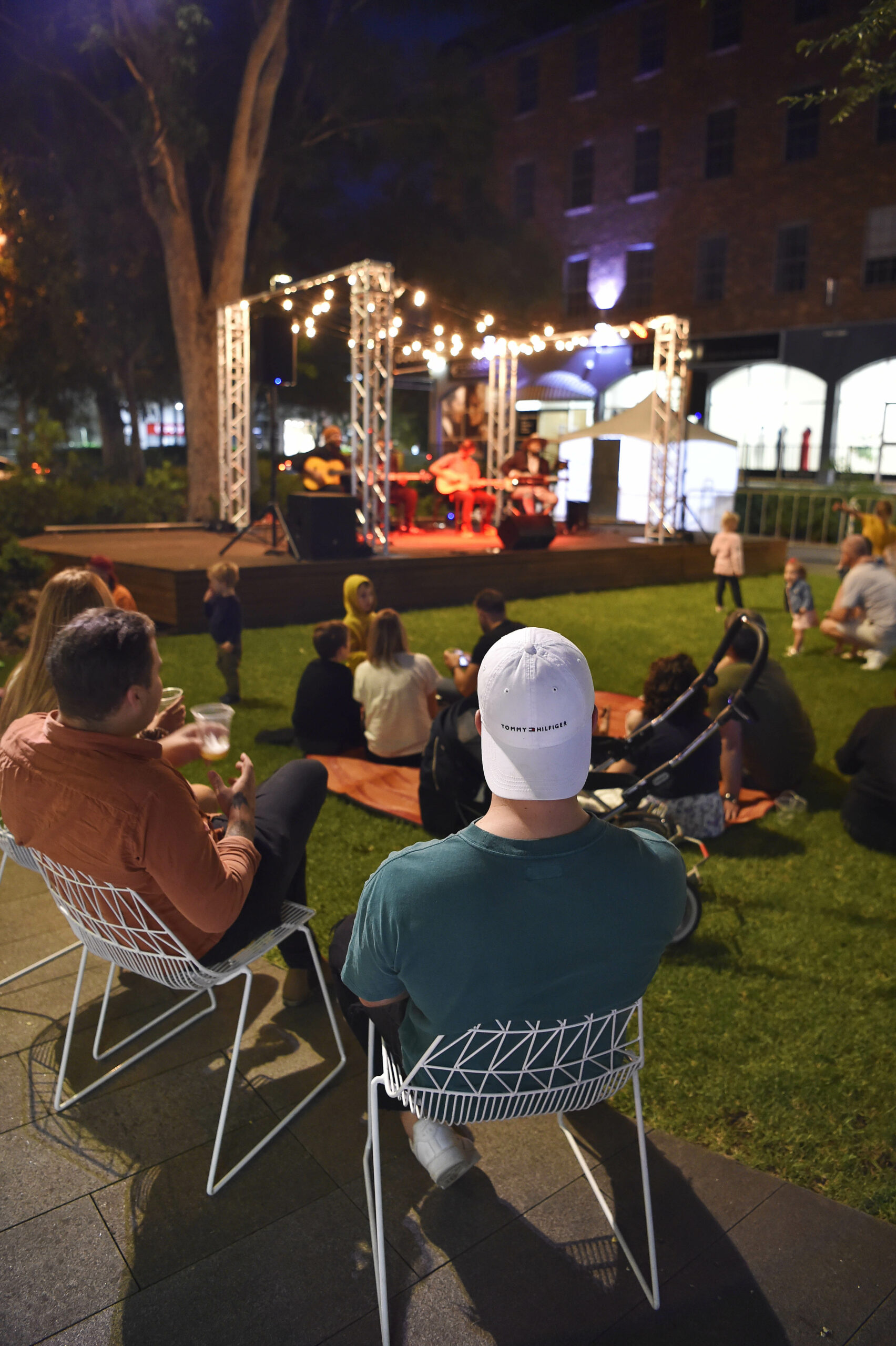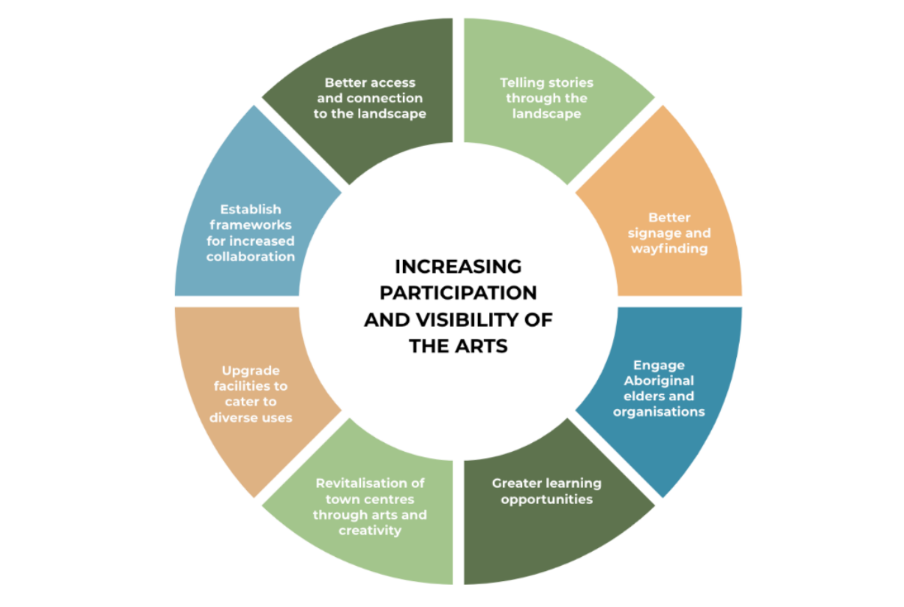Projects
Our projects create long-lasting impact by combining visionary planning with robust engagement.
We help local councils, state governments, property developers and private companies create great places that connect with the heartbeat of communities.
Innovation Precinct Placemaking and CID Pilot Program
Goal Randwick Health and Innovation Precinct (RHIP) is one of ten entities across NSW to recently be awarded a grant of up to $400,000 from Transport for NSW for the Community Improvement District (CID) Pilot Program. JOC Consulting was commissioned by RHIP to...
Campsie Hub Engagement
Goal In alignment with the Campsie Master Plan, City of Canterbury Bankstown (Council) is delivering a new community centre – the Campsie Hub. The Campsie Hub will be the new home of the Campsie Library and Knowledge Centre, Customer Service Centre and a meeting...
Purple Flag Ideas and Opportunities Reports
Goal The Office of the 24-Hour Economy Commissioner (O24HEC) is one of the NSW government agencies partnering with Transport for NSW (TfNSW) to deliver projects under the Safer Cities Program. The program aims to increase women, girls’ and gender diverse people’s...
Ramadan Nights Lakemba Stakeholder Consultation
Goal City of Canterbury-Bankstown Council commissioned JOC Consulting in partnership with Katrina De Jersey and Jan Willet to design and facilitate a program of deliberative community consultation in relation to one of Sydney’s largest events, Ramadan Nights Lakemba...
St Marys Town Centre Place Plan
GOAL St Marys Town Centre is undergoing an exciting transformation over the next 20 years. In 2023, Penrith City Council commissioned JOC Consulting to prepare a Place Plan that ensures the Town Centre continues to transform into a vibrant and welcoming space. The...
White Bay Power Station Community Engagement
GOAL Originally built to power the city’s tram and rail network, White Bay Power Station (WBPS) is now a heritage site and centerpiece of the future Bays West Precinct in Balmain. The site encapsulates significant historical and cultural values of the community....
Burwood Night Time Economy Strategy
GOAL Burwood Council commissioned JOC Consulting to prepare three strategic documents to help diversify and propel Burwood’s night-time economy and investment into the future. As an inner-city area experiencing large-scale urban renewal and benefiting from significant...
Hawkesbury Cultural Plan
GOAL Hawkesbury City Council is preparing a new Cultural Plan that will enhance the service offerings for the community by promoting and supporting arts, heritage, and cultural activities within the region. In early 2024, JOC Consulting was commissioned by Hawkesbury...
Logan Night Time Economy Strategy
GOAL Logan City Council (QLD) engaged JOC Consulting to prepare its inaugural Night Time Economy Strategy. As a growth area located between Brisbane and the Gold Coast, made up of a culturally diverse community, Council’s goal was to develop a Late-Night Economy...
Ballast Point Park Place Plan
GOAL JOC Consulting was engaged by Placemaking NSW to undertake stakeholder and community consultation and prepare a strategic management plan for Ballast Point Park. Extensive engagement included Council Staff, operations team, residents and regional wide visitors...
Woolworths Group Bourke&Young Community Engagement Strategy
GOAL JOC Consulting was commissioned to support engagement with the local community during the early planning stage of Woolworth Group’s proposed mixed-use development 'Bourke&Young' in Waterloo, Sydney. The engagement set out to capture community feedback on the...
Hawkesbury Engagement Toolkit and Policy
GOAL Hawkesbury Council set out to improve their community engagement processes to enable the broader council team to plan and deliver effective and meaningful community engagement activities. Genuine community engagement is the foundation for service delivery that...
Maroubra Beach Masterplan Youth Engagement
GOAL Randwick City Council is developing a Plan of Management and Masterplan for Maroubra Beach to shape the future vision for the area and improve the livability and vitality of the much-loved coastal neighbourhood. Following broad community engagement on the...
Bayside Council Safer Cities: Her Way Program
GOAL Bayside Council is one of 10 NSW councils partnering with Transport for NSW on the Safer Cities: Her Way Program which aims to make public spaces around transport hubs feel safer for everyone, especially for women, girls and gender diverse people. As a large and...
Blacktown City Council Safer Cities: Her Way Program
GOAL Blacktown City Council is one of 10 NSW councils partnering with Transport for NSW on the Safer Cities: Her Way Program which aims to make public spaces around transport hubs feel safer for everyone, especially for women, girls and gender diverse people. The...
Penrith Advocacy Strategy
GOAL In 2022, Penrith City Council set out to build an Advocacy Strategy, a framework for Council to proactively advocate between all levels of government for the critical infrastructure needed to support their growing community. SOLUTION JOC worked with Council to...
Sunshine Coast Creative Arts Audit
GOAL In 2018 Sunshine Coast Council adopted their inaugural Arts Plan to grow, strengthen and seek opportunities to develop and showcase the local arts sector. Four years on, in preparation for the refresh of the Plan, Council commissioned JOC Consulting to deliver a...
Penrith Night Time Economy Strategy
GOAL In collaboration with SustainbleEast, JOC Consulting was engaged by Penrith City Council to develop a Night Time Economy (NTE) Strategy 2022, recognising Council has completed all the actions from their previous 2015 NTE strategy. The JOC Consulting developed...
MidCoast Cultural Plan
GOAL In late 2019, MidCoast Council set out to deliver its first Cultural Plan - a foundational document to help build on the region's strengths and better support arts and culture across the region. SOLUTION In partnership with Left Bank Co, JOC Consulting worked...
Wingecarribee Environment and Climate Change Strategy Engagement
GOAL Wingecarribee Shire Council set out to develop a new Environment and Climate Change Strategy that will guide investment, resourcing and operations over the next decade. The strategy needed to be in accordance with the rapidly changing environment as well as the...
“The project was delivered successfully – in scope, in budget and on time. What’s more, you and your team were an absolute pleasure to work with and so my sincere thanks.” – Member of the Australian House of Representatives

